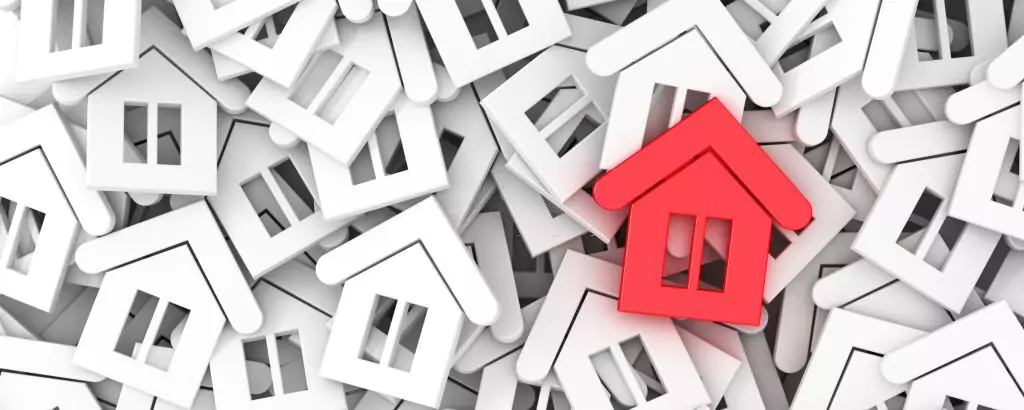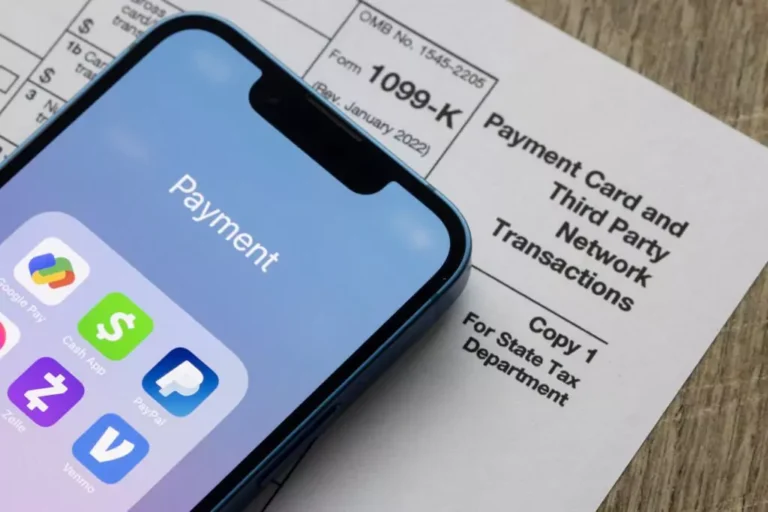How Much is a Down Payment On a House
Introduction
Buying a house is a significant milestone in many people’s lives. However, it often requires a substantial amount of money upfront in the form of a down payment. A down payment is a percentage of the total purchase price that a buyer pays upfront when purchasing a home. This article will explore the concept of down payments on houses, including how they work, factors that influence their size, and strategies for saving for a down payment.

Understanding the concept of a down payment
A down payment is a lump sum payment made by the buyer at the time of purchase. It is typically expressed as a percentage of the total purchase price. For example, if a house costs $300,000 and the down payment requirement is 20%, the buyer would need to pay $60,000 upfront.
The purpose of a down payment is to reduce the lender’s risk and demonstrate the buyer’s commitment to the purchase. By putting money down, the buyer has a vested interest in maintaining the property and making timely mortgage payments. Additionally, a larger down payment can result in a lower interest rate and better loan terms.
Factors that influence the size of a down payment
Several factors influence the size of a down payment. The price of the house is one of the most significant factors. Generally, the higher the purchase price, the larger the down payment required. Lenders may also have specific requirements regarding down payments based on the type of mortgage being used.
The type of mortgage being used can also impact the size of the down payment. Conventional mortgages typically require a down payment of 20% or more, while government-backed loans such as FHA and VA loans may have lower down payment requirements.
Lenders also consider the borrower’s financial situation when determining the size of the down payment. Factors such as credit score, income, and debt-to-income ratio can all influence the lender’s requirements.
How much should you save for a down payment?
Determining how much to save for a down payment can be a daunting task. As a general rule of thumb, it is recommended to save at least 20% of the purchase price. This will allow the buyer to avoid private mortgage insurance (PMI) and potentially secure better loan terms.
However, saving 20% may not be feasible for everyone. In such cases, it is still possible to purchase a home with a smaller down payment. Some government-backed loans, such as FHA loans, require as little as 3.5% down. It is important to consider the trade-offs of a smaller down payment, such as higher monthly mortgage payments and the cost of PM
Other factors to consider when determining how much to save for a down payment include the buyer’s income, expenses, and financial goals. It may be necessary to adjust the target down payment amount based on these factors.
The role of credit score in determining down payment requirements
Credit score plays a significant role in determining the size of the down payment required by lenders. A higher credit score generally results in lower down payment requirements. Lenders view borrowers with higher credit scores as less risky and are more likely to offer favorable loan terms.
On the other hand, borrowers with lower credit scores may be required to make a larger down payment to offset the perceived risk. This is because a lower credit score indicates a higher likelihood of defaulting on the loan.
It is important for potential homebuyers to monitor their credit score and take steps to improve it if necessary. This can include paying bills on time, reducing debt, and disputing any errors on their credit report.
Different types of mortgages and their down payment requirements
Different types of mortgages have varying down payment requirements. Conventional mortgages typically require a down payment of 20% or more. However, some lenders may offer conventional loans with down payments as low as 3%.
Government-backed loans, such as FHA loans, have lower down payment requirements. FHA loans require a minimum down payment of 3.5%. VA loans, which are available to eligible veterans and active-duty military personnel, do not require a down payment.
It is important for potential homebuyers to research and understand the down payment requirements for the type of mortgage they are considering. This will help them determine how much they need to save and what loan options are available to them.
Pros and cons of making a larger down payment
Making a larger down payment has several benefits. First, it reduces the amount of money borrowed, resulting in lower monthly mortgage payments. It also reduces the amount of interest paid over the life of the loan. Additionally, a larger down payment can result in better loan terms, such as a lower interest rate.
However, there are also drawbacks to making a larger down payment. It requires a significant amount of money upfront, which may be difficult for some buyers to save. It also ties up a large portion of the buyer’s savings, which may limit their financial flexibility.
It is important for potential homebuyers to weigh the pros and cons of making a larger down payment and determine what is best for their individual financial situation.
Creative ways to save for a down payment
Saving for a down payment can be challenging, but there are several creative ways to accelerate the process. One strategy is to cut expenses and redirect the savings towards the down payment fund. This can include reducing discretionary spending, canceling subscriptions, and negotiating lower bills.
Another strategy is to earn extra income specifically for the purpose of saving for a down payment. This can be done through side hustles, freelance work, or taking on additional hours at work. The extra income can be directly deposited into a separate savings account dedicated to the down payment.
Potential homebuyers can also explore down payment assistance programs offered by state and local governments, as well as non-profit organizations. These programs provide grants or low-interest loans to help individuals and families with their down payment.
How to negotiate a lower down payment
Negotiating a lower down payment with lenders may be possible in certain situations. One strategy is to shop around and compare offers from multiple lenders. Each lender may have different down payment requirements and may be willing to negotiate based on the borrower’s financial situation.
Another strategy is to consider alternative loan options that have lower down payment requirements. For example, FHA loans require a minimum down payment of 3.5%, which may be more attainable for some buyers.
It is important for potential homebuyers to be proactive and advocate for themselves when negotiating a lower down payment. Providing documentation of a strong credit history, stable income, and low debt can help strengthen the case for a lower down payment.
The impact of down payment on monthly mortgage payments
The size of the down payment directly impacts the monthly mortgage payment. A larger down payment reduces the amount borrowed, resulting in lower monthly payments. This is because the loan amount is spread out over a shorter period of time.
For example, if a house costs $300,000 and the buyer puts down 20% ($60,000), they would need to borrow $240,000. If the loan has a 30-year term with an interest rate of 4%, the monthly mortgage payment would be approximately $1,146.
On the other hand, if the buyer puts down 10% ($30,000), they would need to borrow $270,000. With the same loan terms, the monthly mortgage payment would increase to approximately $1,289.
It is important for potential homebuyers to consider how the size of the down payment will impact their monthly budget and determine what is affordable for them.
Alternatives to a traditional down payment
In some cases, potential homebuyers may not have enough savings for a traditional down payment. However, there are alternative ways to finance a home purchase.
One option is to receive a gift from a family member. Many lenders allow borrowers to use gift funds towards the down payment. However, there may be specific requirements regarding the source of the gift and documentation that needs to be provided.
Another option is to take out a personal loan to cover the down payment. This can be risky, as it increases the amount of debt and may result in higher monthly payments. It is important for potential homebuyers to carefully consider the implications of taking on additional debt before pursuing this option.
Conclusion
In conclusion, a down payment is a significant upfront payment made by the buyer when purchasing a home. The size of the down payment is influenced by factors such as the price of the house, the type of mortgage, and the lender’s requirements. It is important for potential homebuyers to save for a down payment based on their individual financial situation and goals. Strategies for saving include cutting expenses, earning extra income, and exploring down payment assistance programs. Negotiating a lower down payment with lenders may also be possible in certain situations. The size of the down payment directly impacts the monthly mortgage payment, and there are alternative ways to finance a home purchase if a traditional down payment is not feasible.






